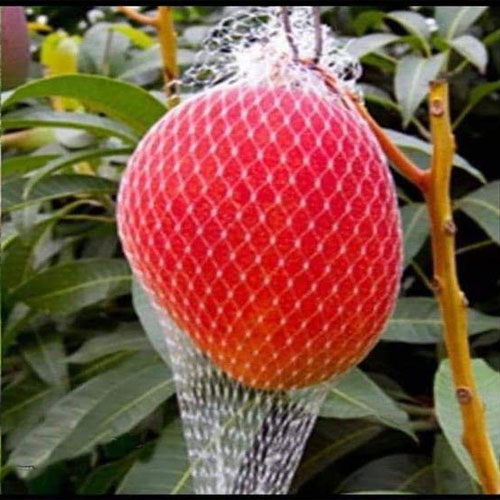Red Permar Mango Plants
Red Permar mango plants, also known as Red Pomelo mangoes, are known for their distinct characteristics and are valued in various tropical regions. Here’s a detailed overview of Red Permar mango plants:
1. Origin and Characteristics:
- Origin: Red Permar mangoes are cultivated in specific regions, often noted for their unique characteristics compared to more common mango varieties. They are less widely known but appreciated in certain areas for their specific traits.
- Fruit Characteristics: Red Permar mangoes are medium to large in size with a distinctive reddish or reddish-yellow skin when ripe. The flesh is smooth, often fiberless, and has a sweet, tangy flavor. The fruit is aromatic and juicy, making it popular for both fresh consumption and culinary uses.
2. Growing Conditions:
- Climate: Red Permar mango plants thrive in tropical and subtropical climates. They require warm temperatures and are sensitive to frost. They prefer a climate with a distinct dry and wet season.
- Soil: These plants grow best in well-drained soil rich in organic matter. Sandy loam or loamy soil with a slightly acidic to neutral pH (6.0 to 7.5) is ideal.
- Watering: Regular watering is essential, especially during dry spells and the fruiting season. Mature trees are somewhat drought-tolerant but should be watered adequately to support fruit development. Avoid waterlogging to prevent root issues.
- Sunlight: Full sunlight is crucial for Red Permar mango plants. They need at least 6-8 hours of direct sunlight each day for optimal growth and fruit production.
3. Planting and Care:
- Planting: The best time to plant Red Permar mango trees is during the monsoon season or just before the rainy season. Prepare the planting hole to be twice as wide and deep as the root ball. Incorporate organic compost into the soil to enhance fertility.
- Spacing: Space the trees about 15 to 20 feet apart to allow for proper growth and reduce competition for nutrients and sunlight.
- Fertilization: Apply balanced fertilizers regularly during the growing season. Organic matter like compost or well-rotted manure can also be used to maintain soil fertility and health.
- Pruning: Prune the trees to shape them, remove dead or diseased branches, and improve air circulation. Proper pruning helps in enhancing fruit quality and reducing the risk of diseases.
4. Pests and Diseases:
- Pests: Red Permar mango plants can be affected by pests such as mango hoppers, mealybugs, aphids, and fruit flies. Regular monitoring and appropriate pest control measures, including organic or chemical treatments, can help manage these pests.
- Diseases: The plants may be susceptible to diseases such as anthracnose, powdery mildew, and bacterial spots. Implement good cultural practices, avoid overhead watering, and use fungicides as needed to prevent and control these diseases.
5. Harvesting:
- Timing: Red Permar mangoes are typically harvested when they have reached full size and the skin color changes to a reddish or reddish-yellow hue. The fruit should be firm but slightly yielding to gentle pressure.
- Method: Harvest the mangoes carefully to avoid bruising. Use a sharp knife or pruning shears to cut the fruit from the tree, leaving a small portion of the stem attached to prevent sap burn.


